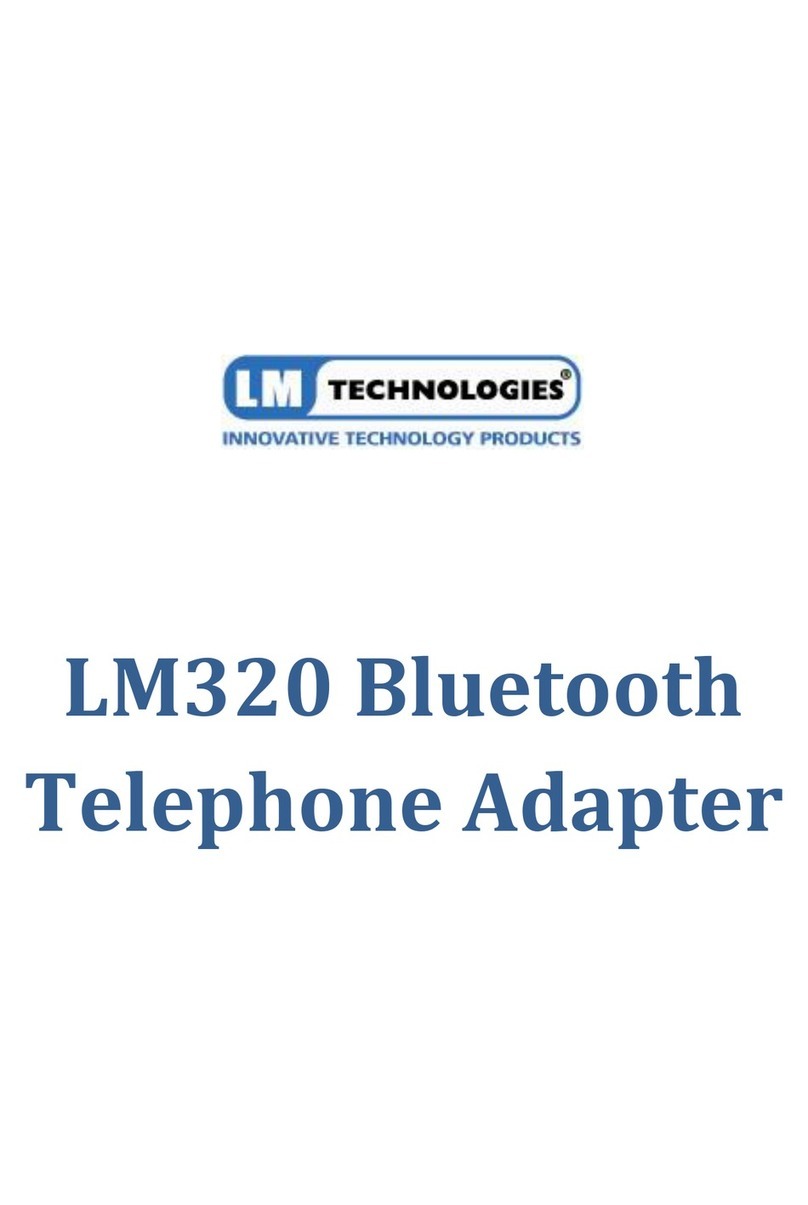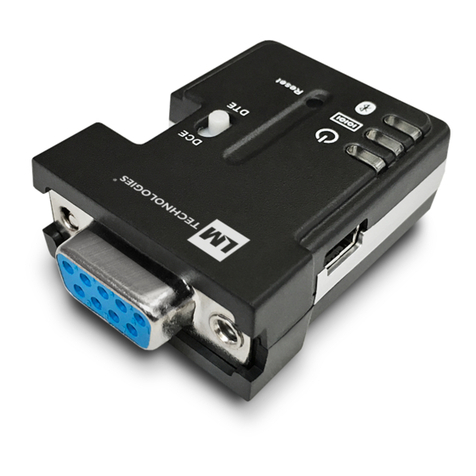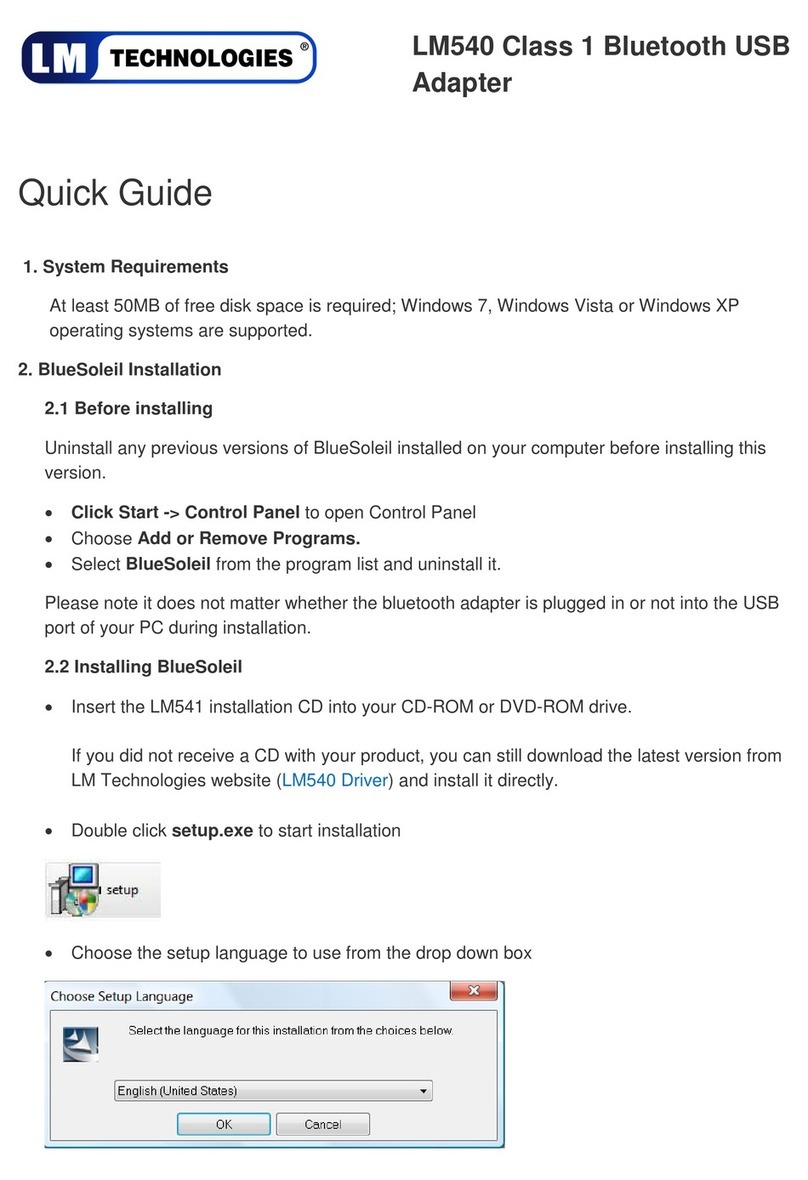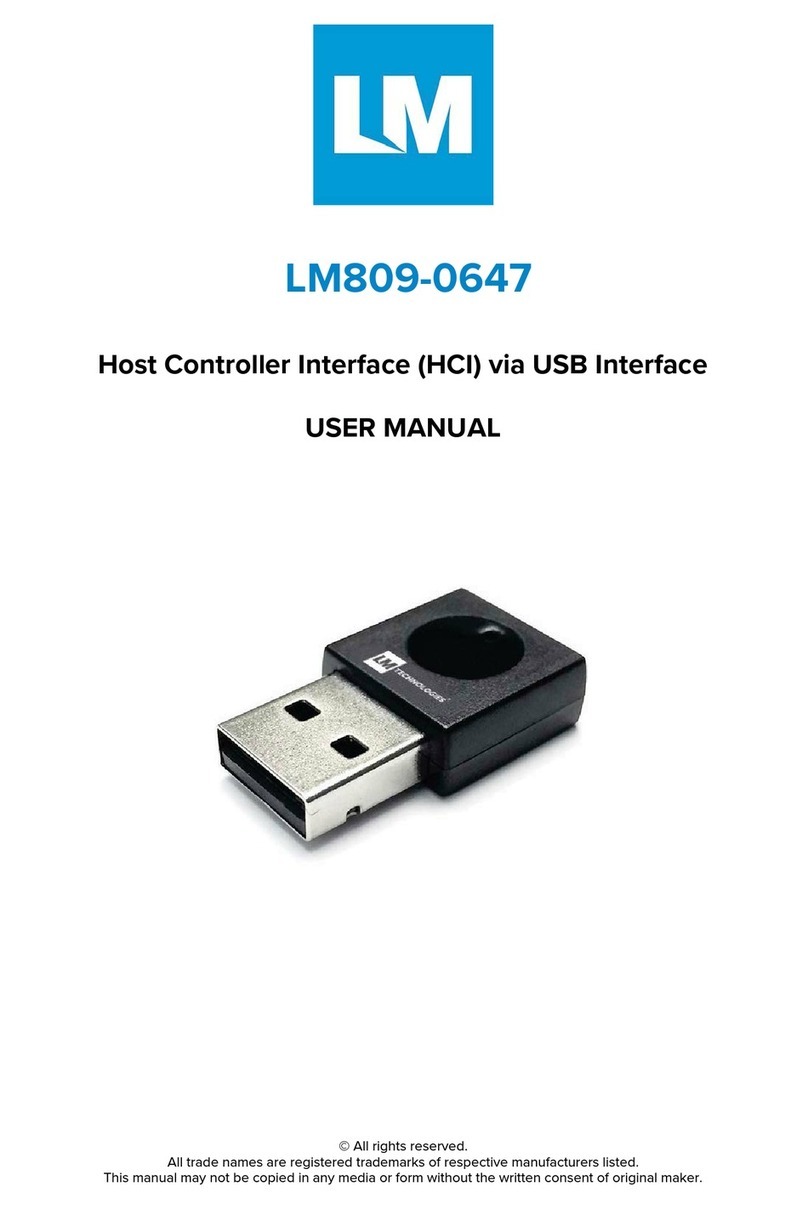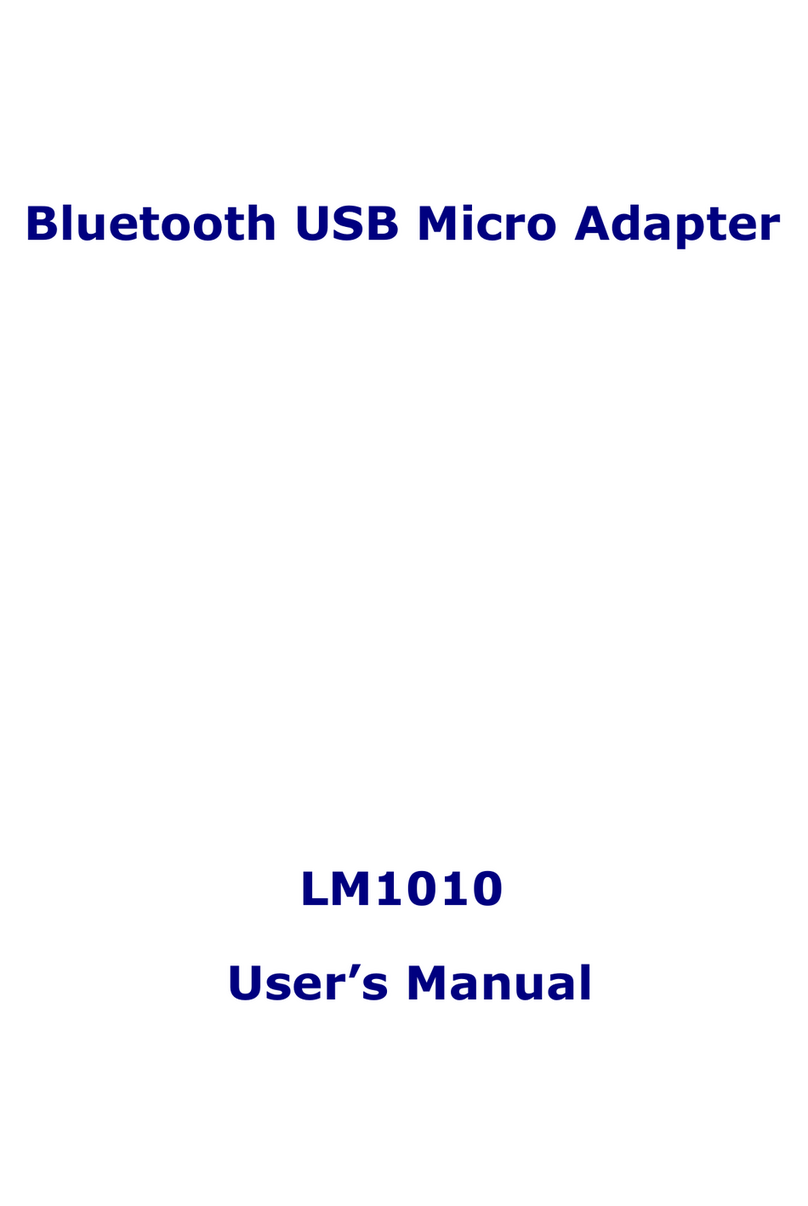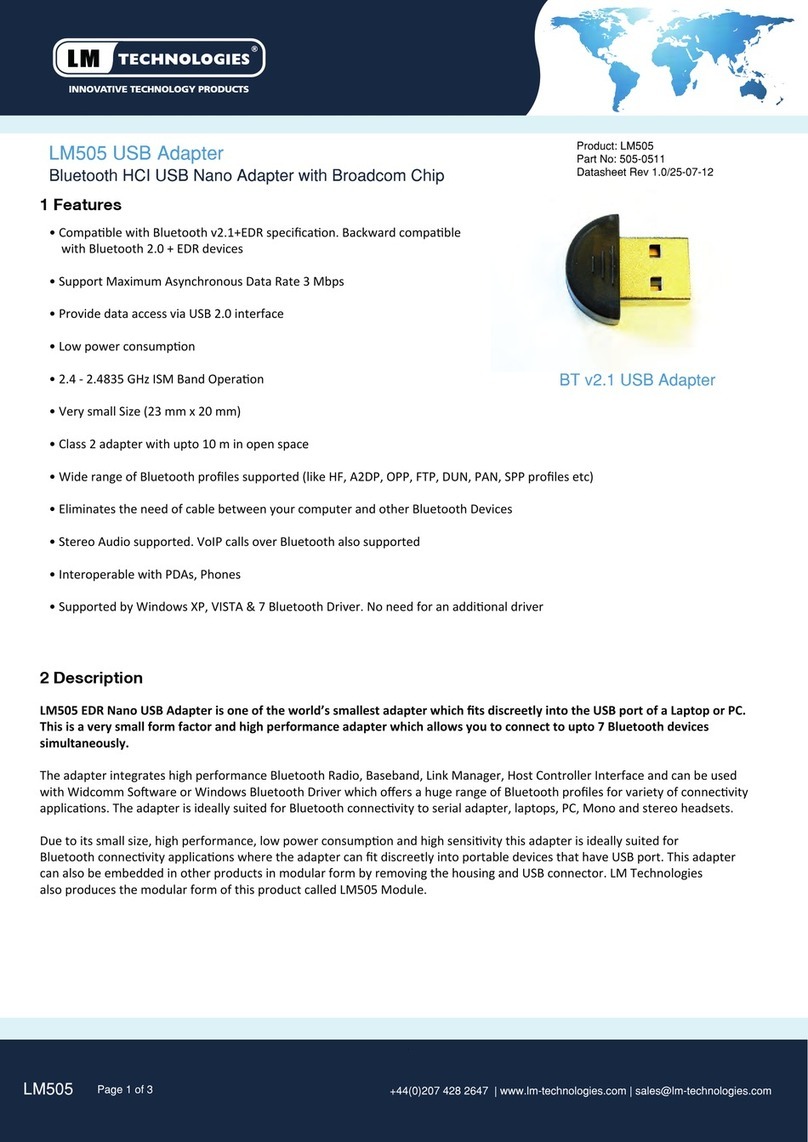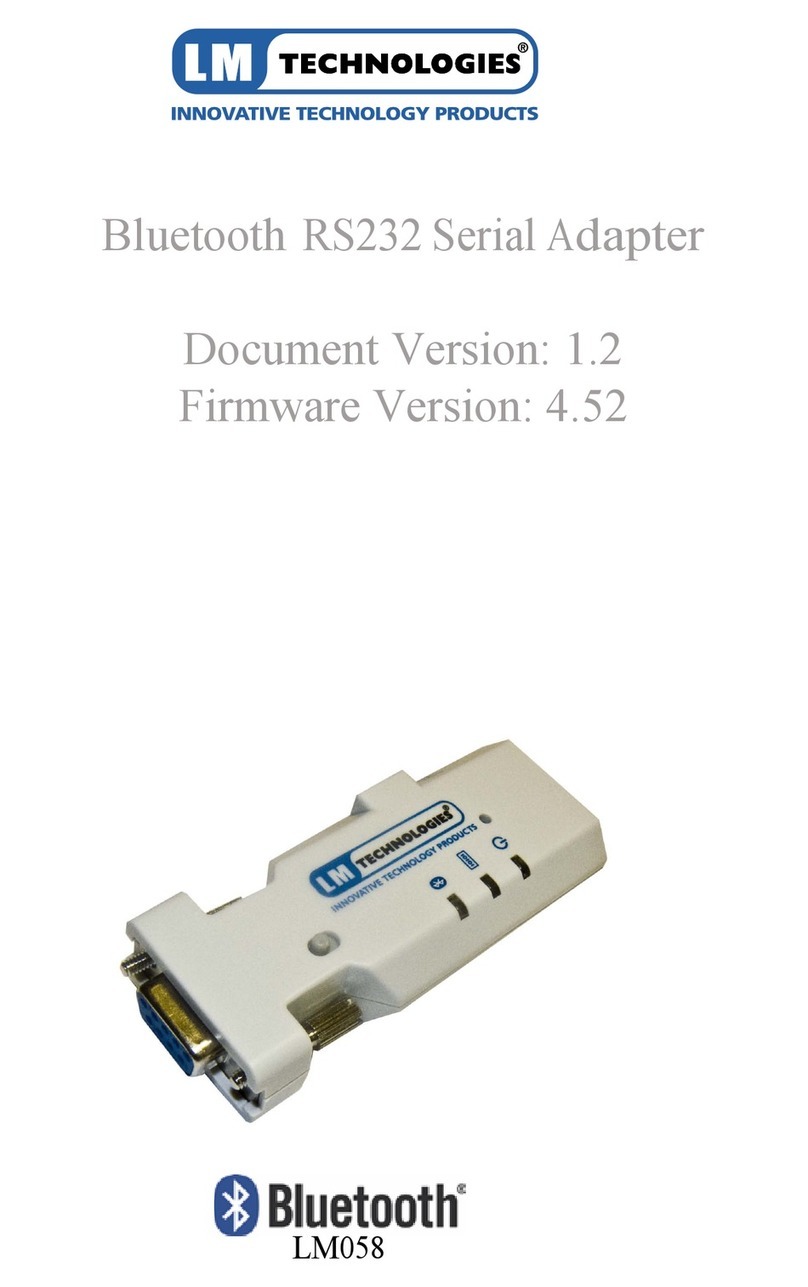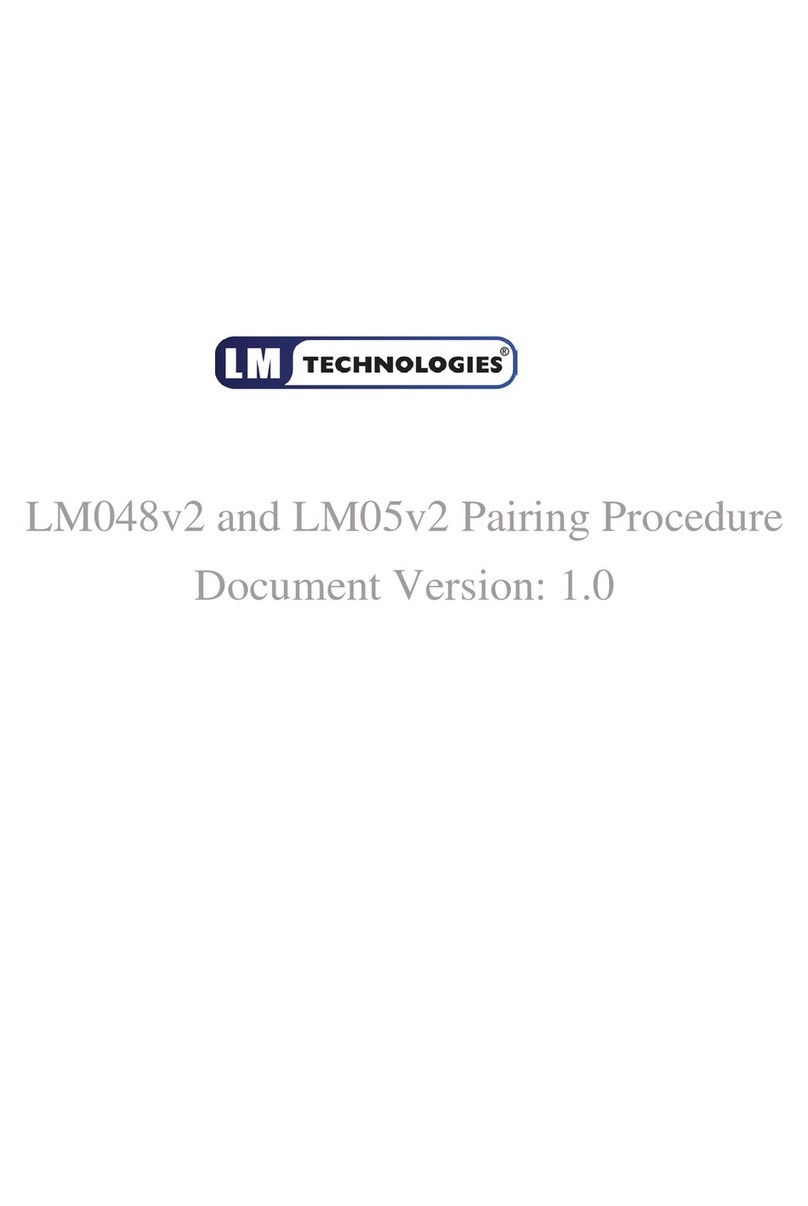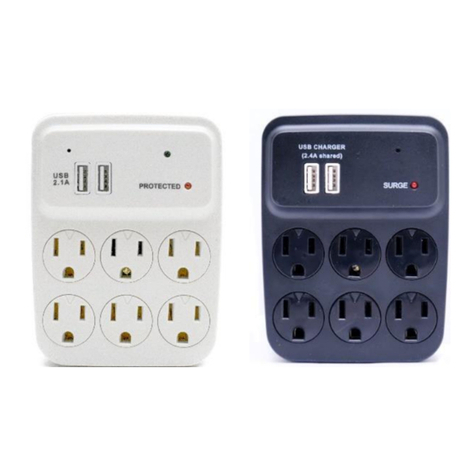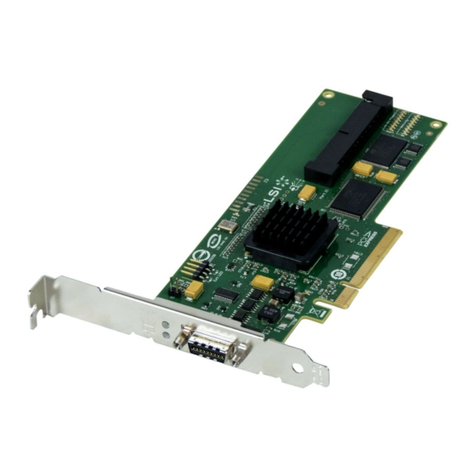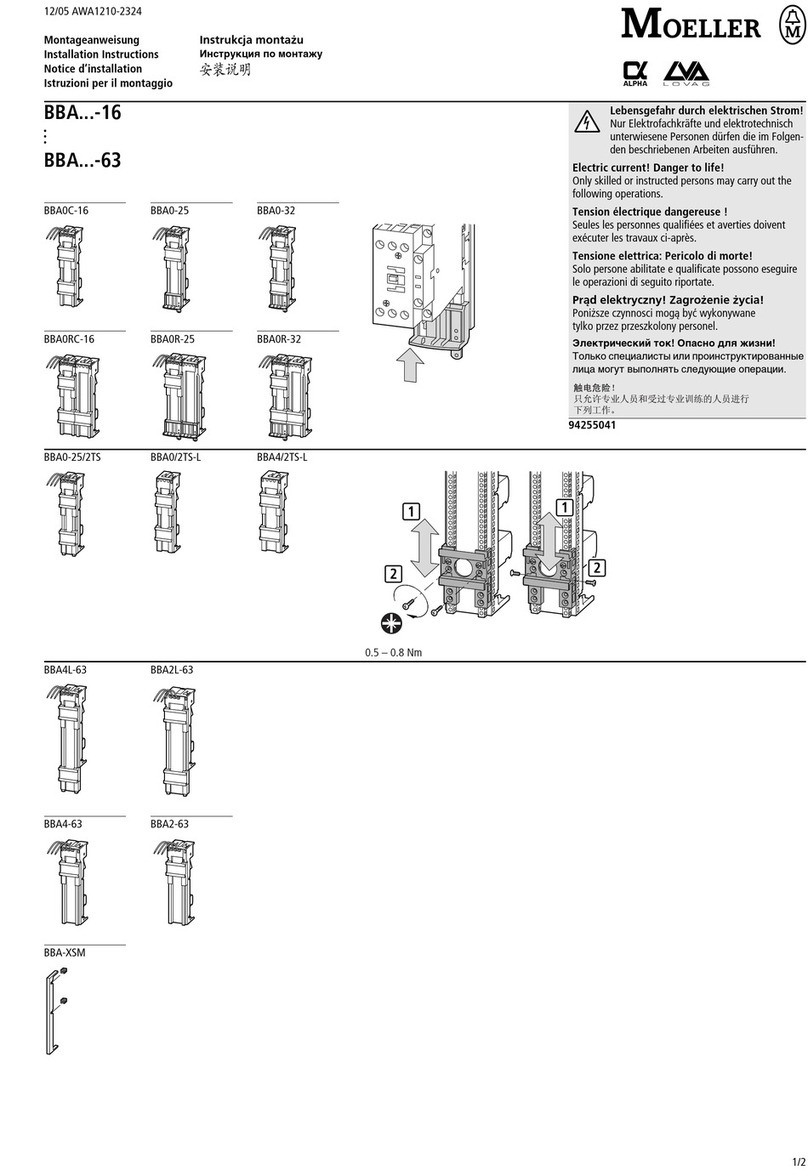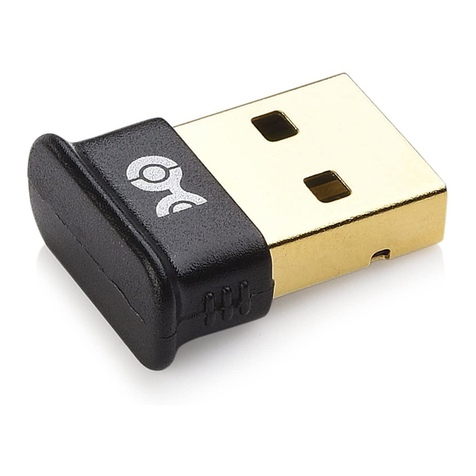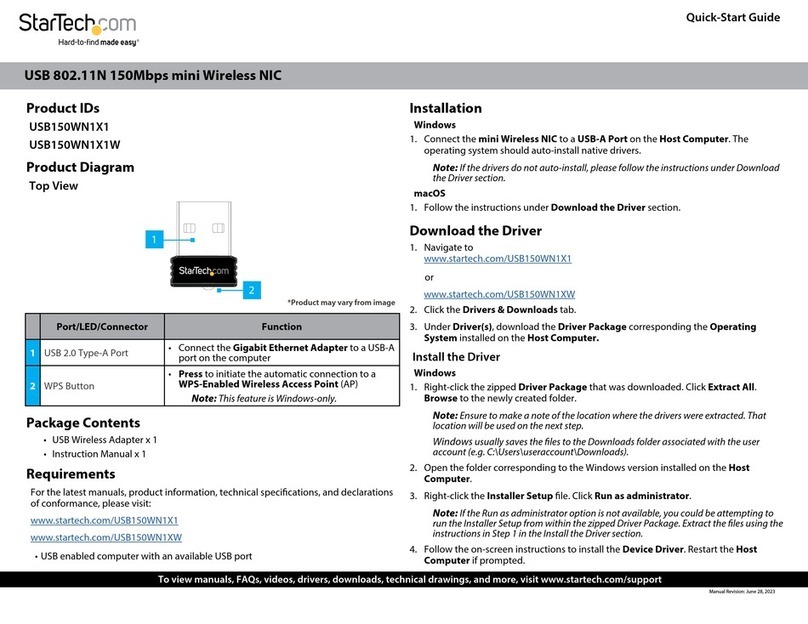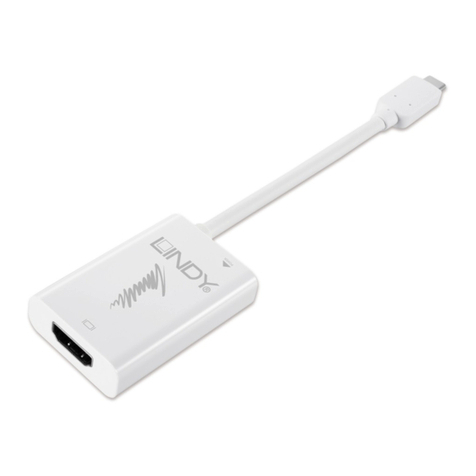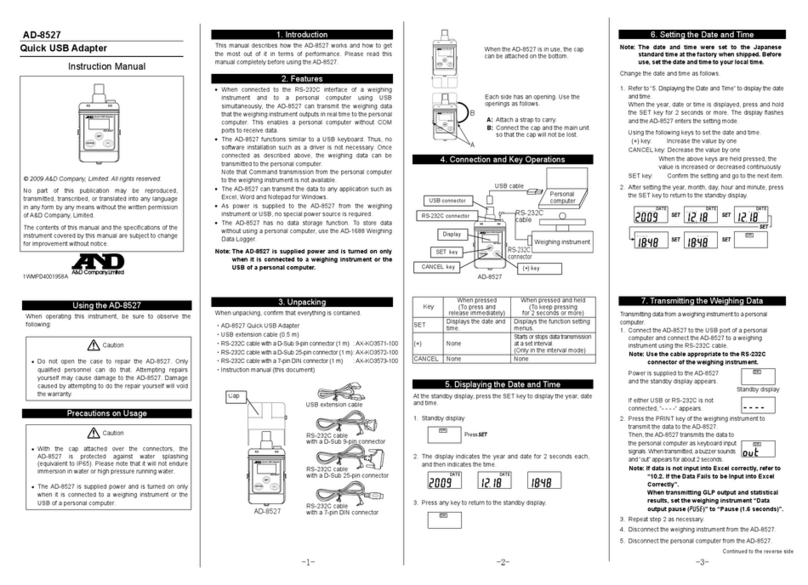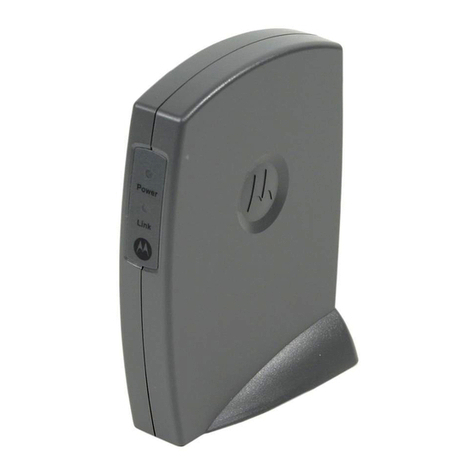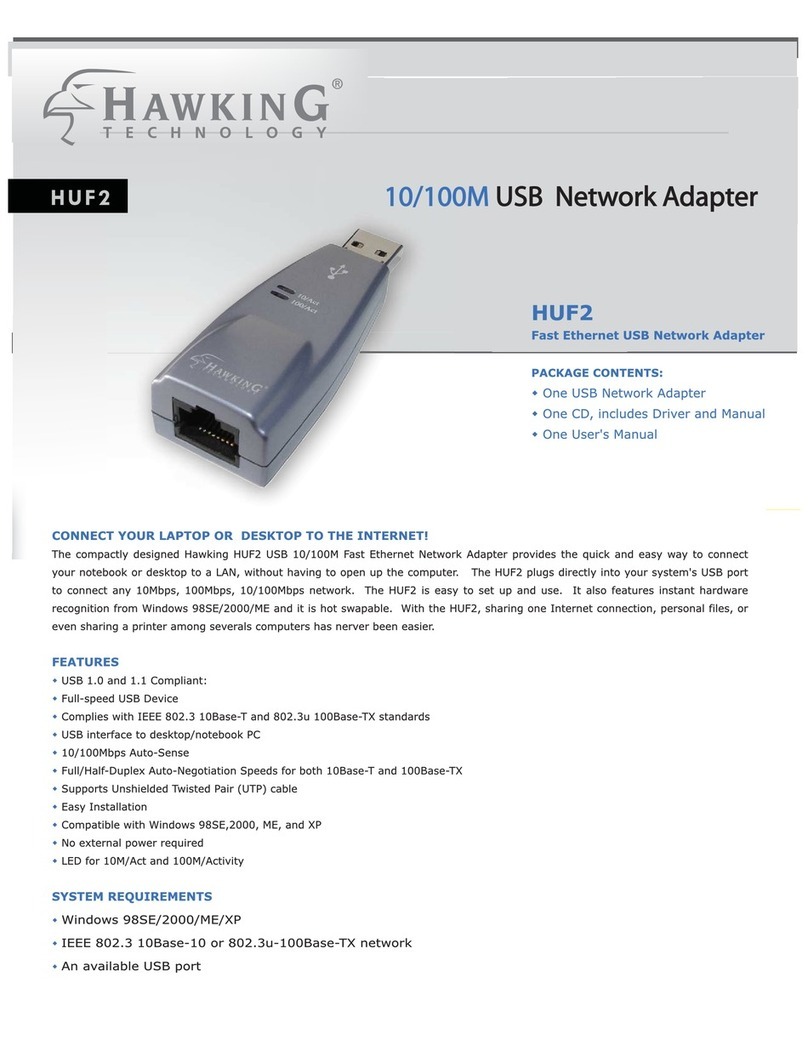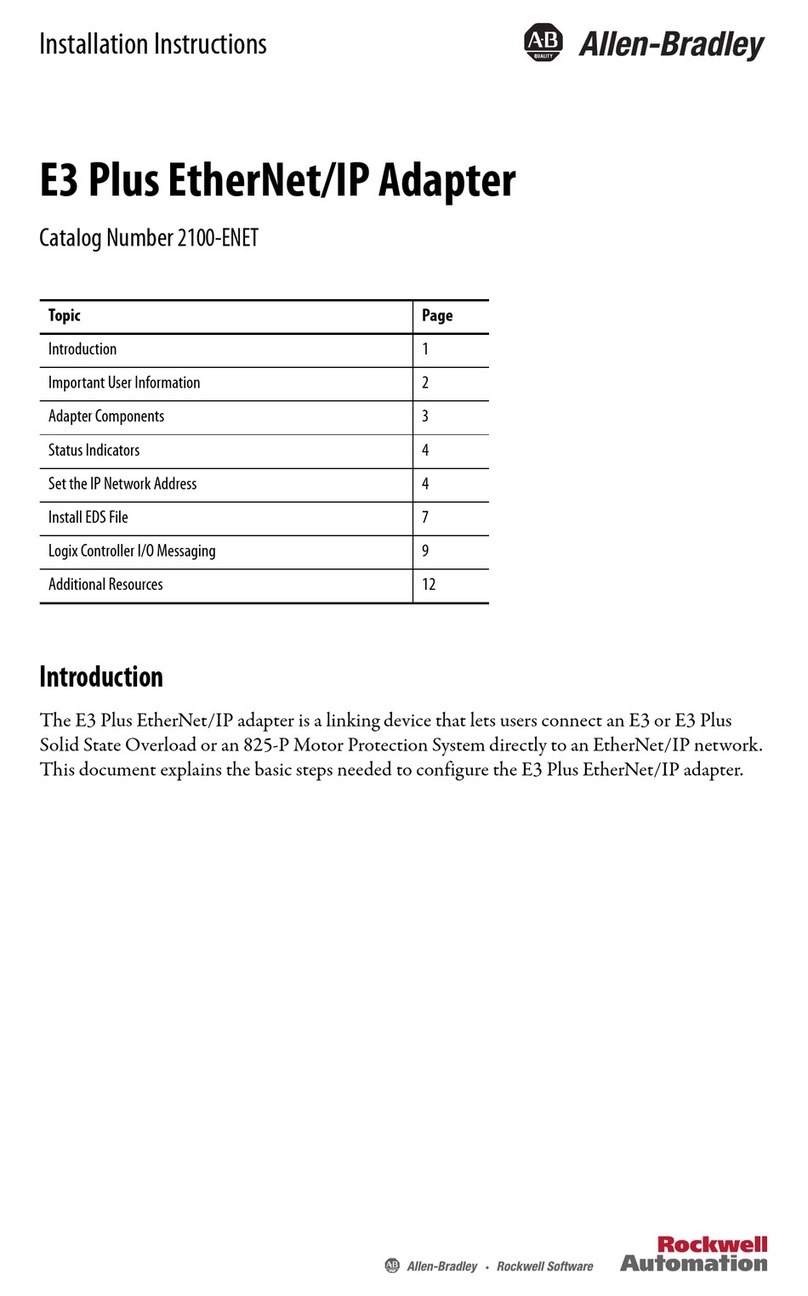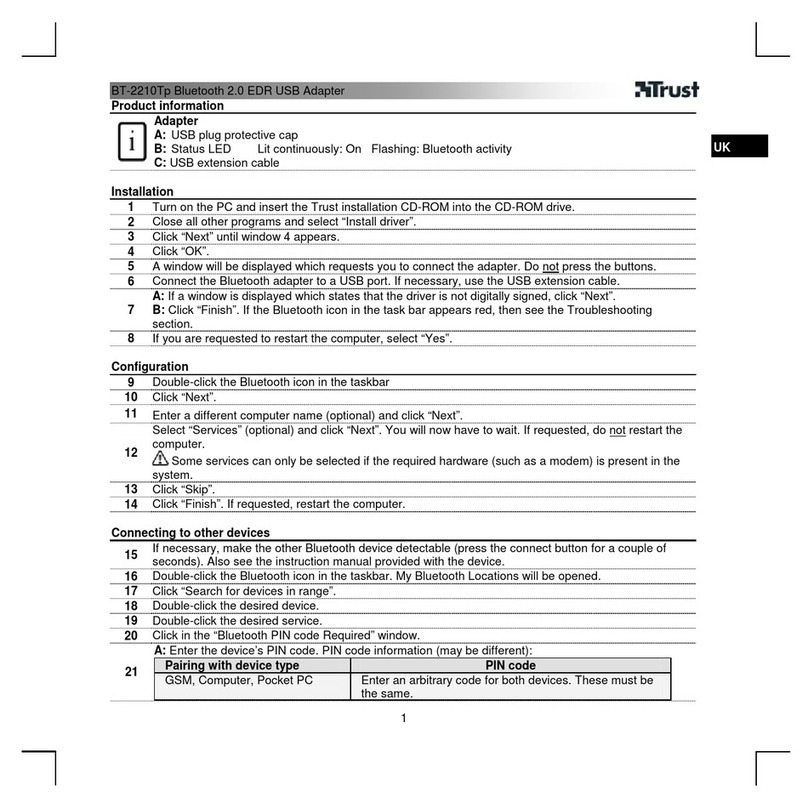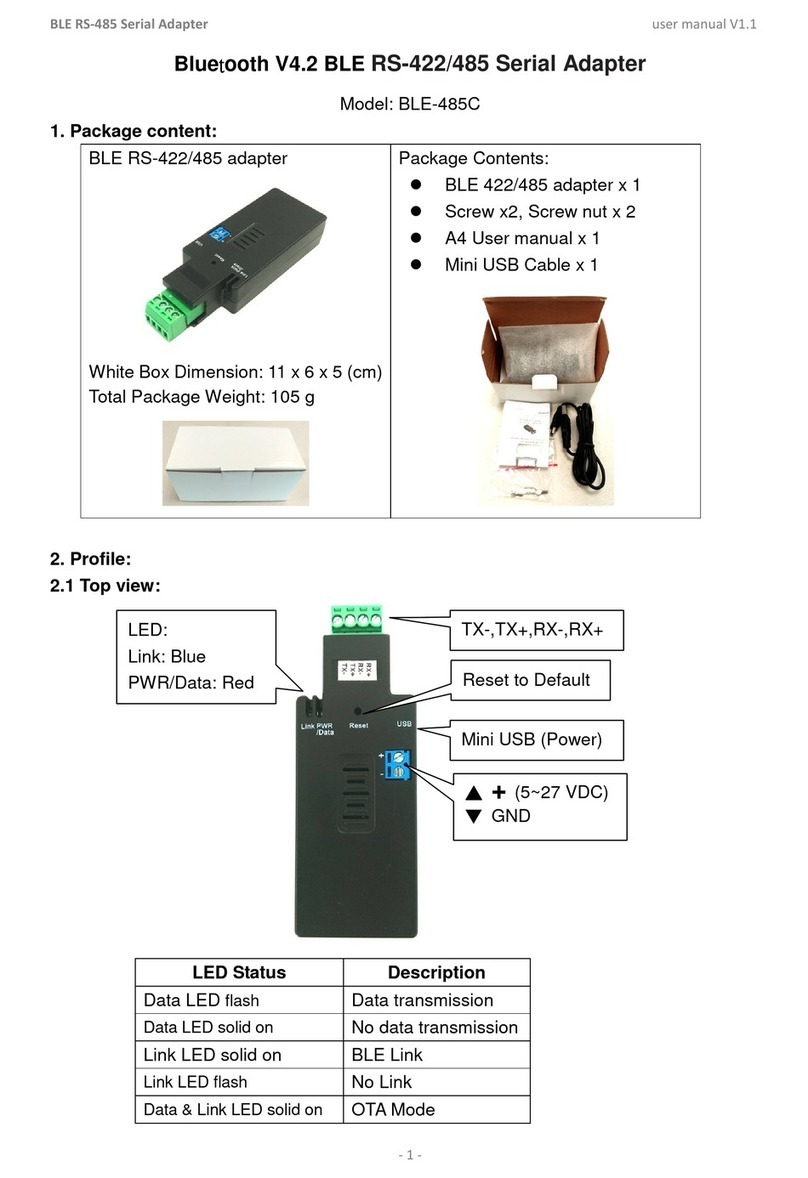
AT Command Manual v1.5
©2013 LM Technologies Ltd www.lm-technologies.com Page 2 of 26
Contents
1 Introduction ............................................................................................................................... 4
2 AT command Set ........................................................................................................................ 4
2.1 History................................................................................................................................ 4
2.2 Terminology ....................................................................................................................... 4
2.3 Command format ............................................................................................................... 4
2.4 Command Response........................................................................................................... 5
2.5 Host Events ........................................................................................................................ 5
2.6 Operation Mode ................................................................................................................. 5
2.7 Command Types................................................................................................................. 5
2.8 Command Description ........................................................................................................ 6
2.8.1 AT............................................................................................................................... 6
2.8.2 AT+VER ....................................................................................................................... 6
2.8.3 AT+ENQ ...................................................................................................................... 7
2.8.4 AT+RESET.................................................................................................................... 7
2.8.5 AT+BAUD.................................................................................................................... 7
2.8.6 AT+STOP ..................................................................................................................... 8
2.8.7 AT+PAR....................................................................................................................... 8
2.8.8 AT+FLOW.................................................................................................................... 9
2.8.9 AT+ECHO .................................................................................................................... 9
2.8.10 AT+RESP ................................................................................................................... 10
2.8.11 AT+MODEM.............................................................................................................. 10
2.8.12 AT+RICD.................................................................................................................... 12
2.8.13 AT+ROLE ................................................................................................................... 12
2.8.14 AT+ADDR .................................................................................................................. 13
2.8.15 AT+FIND.................................................................................................................... 13
